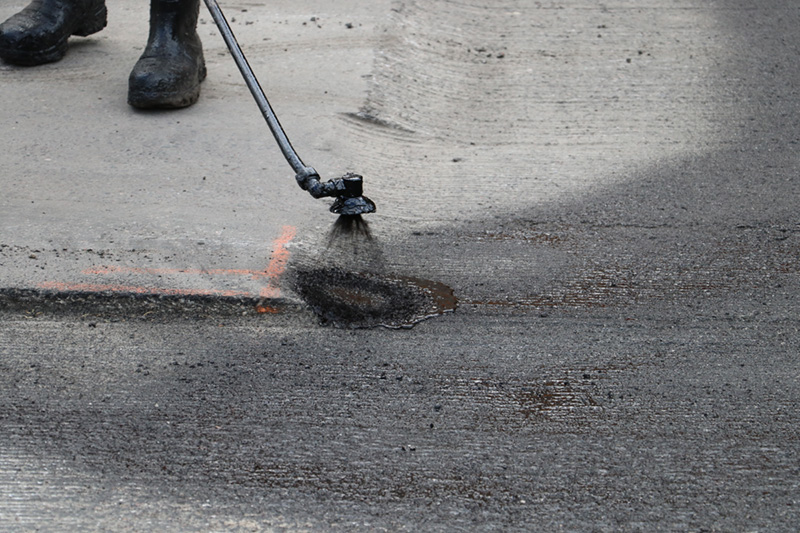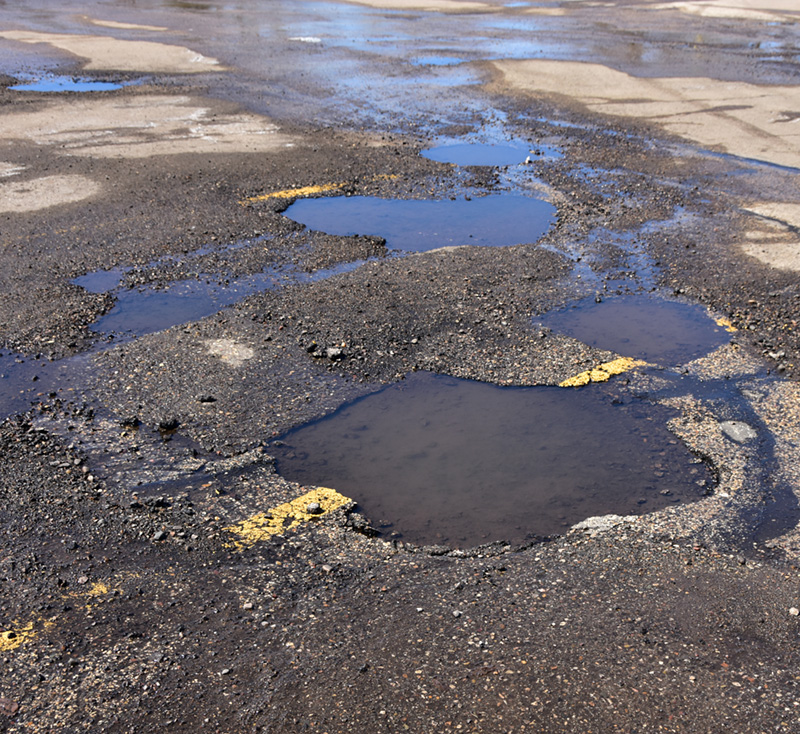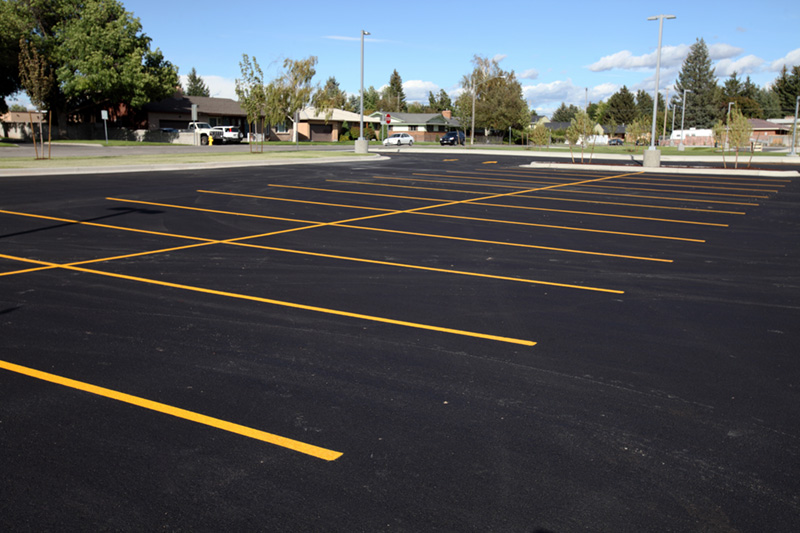KNOWLEDGE WHERE IT COUNTS
Got Questions?
We’ve Got Answers!
Got Questions?
Explore our FAQs for a treasure trove of expert tips, insights, and advice designed to keep your pavement looking pristine and performing at its best!
The Latest in Paving Innovations and Trends
The Latest in Paving
Innovations and Trends
Hot Off the Asphalt
Hot Off
the Asphalt
Asphalt surfaces are investments that need care for longevity. Sealcoating enhances appearance and protects against the elements, crucial for property owners and managers.
Potholes are more than road nuisances; they pose serious risks to vehicles and pedestrians. Caused by water expansion under the pavement, prompt repair is crucial for safety and preventing vehicle damage.
A well-maintained parking lot is crucial for a positive first impression. Professional striping ensures safety, organization, and maximizes space—essential for property owners and managers.
Asphalt surfaces are investments that need care for longevity. Sealcoating enhances appearance and protects against the elements, crucial for property owners and managers.
Potholes are more than road nuisances; they pose serious risks to vehicles and pedestrians. Caused by water expansion under the pavement, prompt repair is crucial for safety and preventing vehicle damage.


